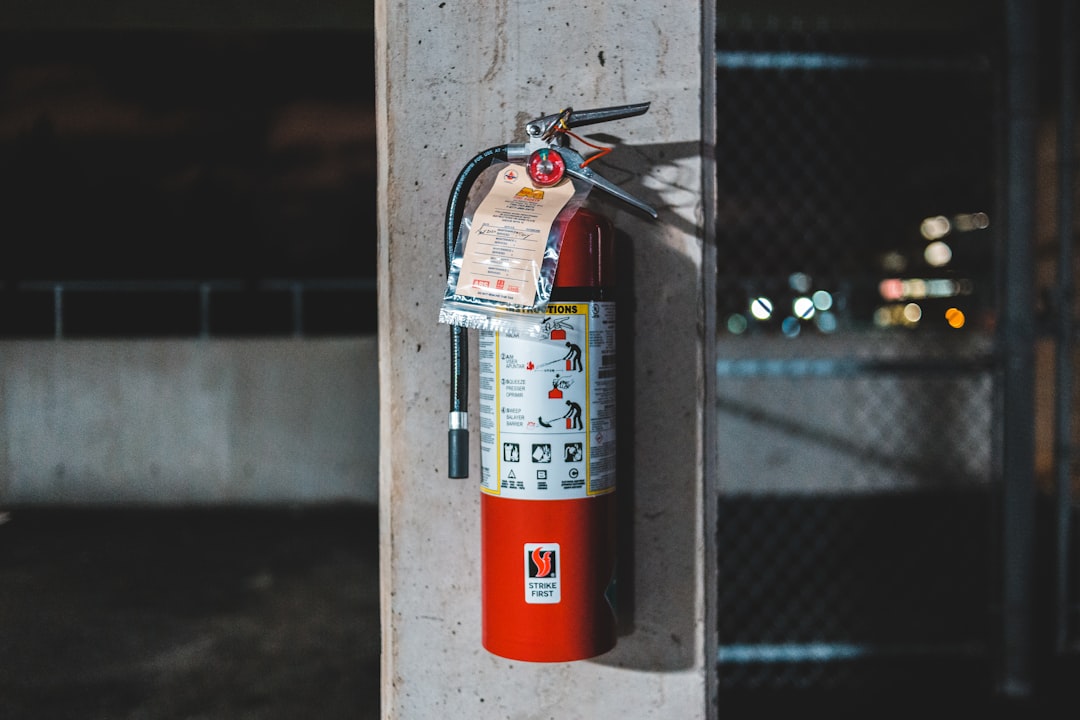
It is the wish of many parents to have children that do not have specialization needs although that is not usually the case since some are born with conditions like autism which requires specialized care to help such children to manage their behaviors as well as improve their social skills, communication self-care and also play skills. This is where you will need Applied Behavior Analysis ( ABA )therapists to intervene. You should take your time and research for suitable ABA therapy from online platforms and also visiting them in their physical locations.However,due to the high numbers of ABA therapists, you are likely to encounter challenges in identifying ideal ones. Below is a summary of what you should focus on during your search.
You need to ask your preferred ABA therapists about their industry experience and expertise in the field before settling for their services.This is of immense importance since it will determine whether they will use the right approach and techniques that will help your autists child. The types of techniques or approached that will be used should not be used to mask autistic kids to fit in with social norms like children that do not have special needs. You should snot hesitate to inquire about the number of years that the ABA therapist has been handling autistic children since it will help to ascertain whether they will be in better position and experienced enough to handle your child’s autistic needs. Priority should be given to ABA therapists that have many years in the proffesion since they have interacted with many autistic children compared to new ones.
Parents are encouraged to research on the reputation of ABA therapists before entrusting their children with the proffesionals.This will help you to have some insight into what to expect from them when handling your autistic child. Improvement in technology has made it possible for people to access information from the websites of different service providers including ABA therapists so you should read the comments that have been made about their services and settle for the ones that have been highly rated.The search for suitable ABA specialists should not be limited to he websites alone but you should also consult your trusted friends and relatives whose kids have benefited from such therapies since they will direct you to the right ones. It is also crucial to verify whether ABA therapists that you will be working with is certified by recognized bodies like Behavior Analyst Certification Board since it proves that they are indeed qualified to offer the services.
You should also check on the personality of ABA therapists that you intend to hire for your autistic child. Suitable ones should have good communication and social skills since it will be lovely them to understand the behavior of your child and help them accordingly. You need to find out the ammount that will be charged by ABA therapists before settling for their services. The rates vary from one therapist to another so you should sample and compare the rates and work with the ones that charge affordable rates.
 The Art of Jewelry Purchasing: A Guide to Discovering the Perfect Item
The Art of Jewelry Purchasing: A Guide to Discovering the Perfect Item Finding a Trustworthy Mechanic: Your Ultimate Guide to Car Maintenance
Finding a Trustworthy Mechanic: Your Ultimate Guide to Car Maintenance How Land Surveyors in Salt Lake City UT Ensure Accurate and Reliable Results
How Land Surveyors in Salt Lake City UT Ensure Accurate and Reliable Results Criteria for Picking Fire Extinguisher Inspection Services
Criteria for Picking Fire Extinguisher Inspection Services Reason For Considering Music Instrument Rental
Reason For Considering Music Instrument Rental  Tips To Know When When Choosing The Best OEM Compressor Parts
Tips To Know When When Choosing The Best OEM Compressor Parts How to Choose the Best plumbing Services
How to Choose the Best plumbing Services